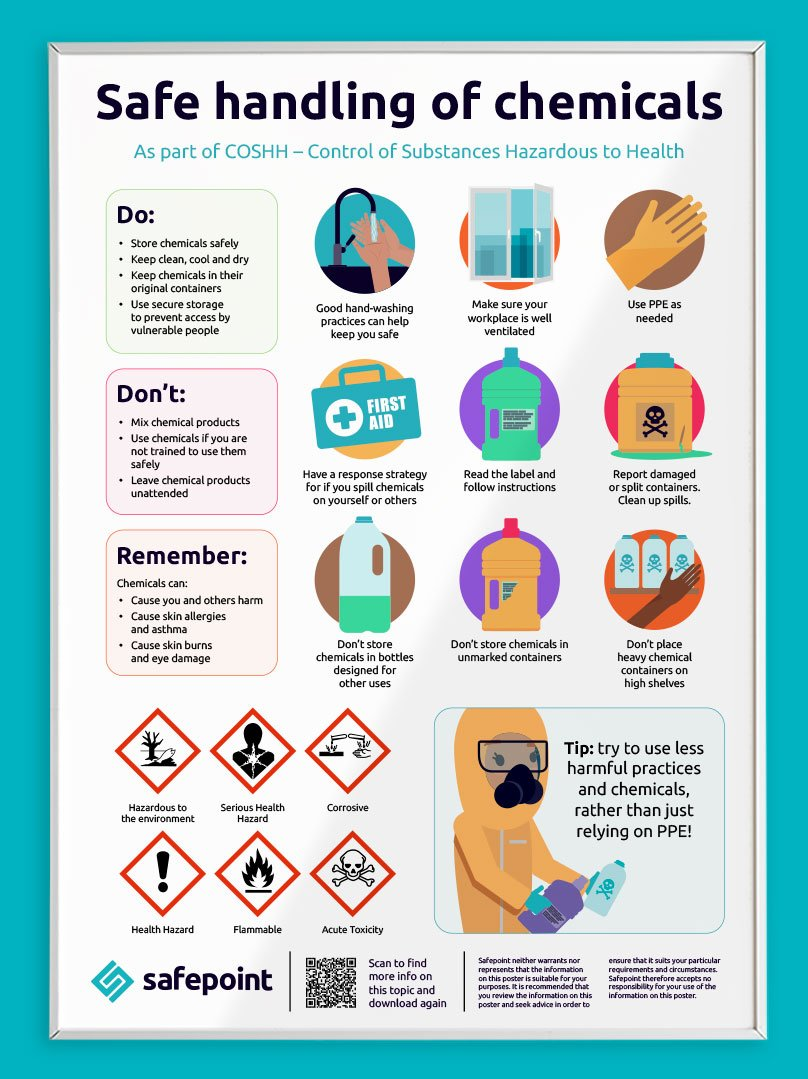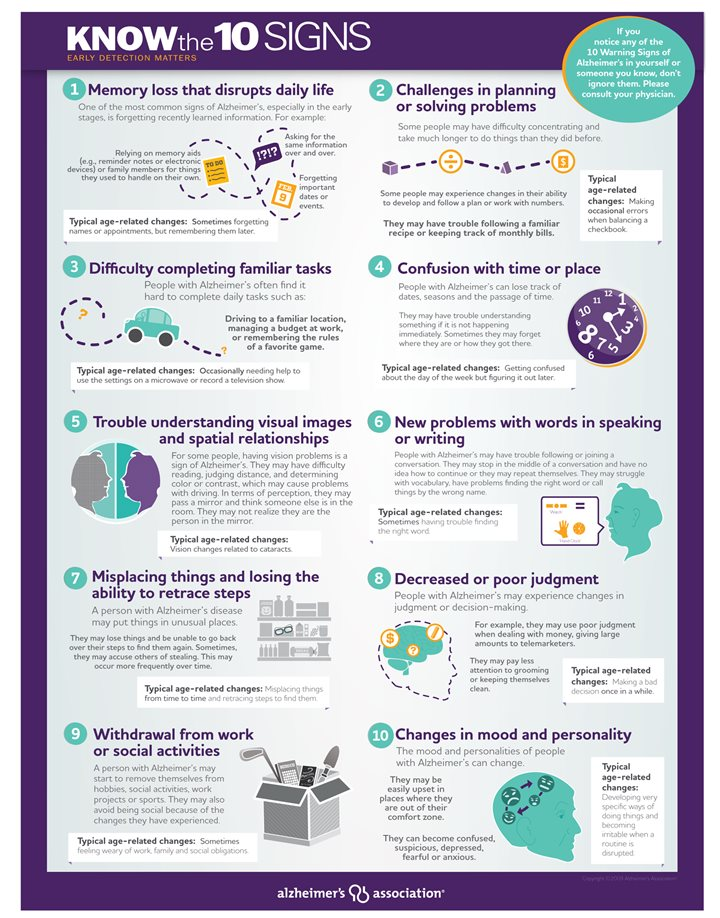Chemical safety is an essential aspect of protecting both public health and the environment in an age where countless chemicals are used in everyday products. With the vast array of substances present in our clothes, food, and furnishings, understanding chemical hazard assessments has never been more critical. Chemicals may pose significant risks due to their potential toxicity in products, highlighting the need for safer chemicals that are better for our bodies and planet. Organizations like ChemFORWARD aim to address these concerns by providing vital insights into the environmental health impacts of industrial chemicals. By prioritizing chemical safety, we can significantly reduce public health risks while creating a more sustainable future.
In discussions about safe chemical practices, it’s crucial to consider the implications of hazardous substances on human well-being and ecological integrity. The term “chemical risk management” often encapsulates these discussions, focusing on identifying potential dangers associated with common materials we encounter daily. Moreover, terms like “toxicological assessments” and “safe product formulations” emphasize the importance of vetting substances to minimize environmental impact. With a focused approach toward healthier alternatives, we can foster innovative strategies that mitigate adverse health effects linked to chemical exposure. Understanding these concepts allows individuals and businesses to make informed choices that prioritize safety and sustainability.
Understanding Chemical Hazard Assessments
Chemical hazard assessments (CHAs) are essential tools for evaluating the risks posed by various substances used in everyday products. These assessments help businesses understand the potential health risks associated with chemicals, enabling them to make informed choices about the safety of their products. For instance, a CHA evaluates factors like carcinogenicity and neurotoxicity, which are crucial in determining whether a chemical should be included in manufacturing processes. This kind of rigorous evaluation can significantly mitigate public health risks by ensuring that toxic substances are either removed or handled with due caution.
Furthermore, the process of obtaining CHAs is not uniform across all industries, often leading to gaps in chemical safety. Companies that do not prioritize or lack the resources for thorough chemical assessments risk exposing their consumers to harmful materials. To address this issue, organizations like ChemFORWARD provide a centralized resource of validated assessments, helping firms navigate the complexities of chemical safety and compliance. This collaborative approach not only benefits individual companies but also contributes to broader environmental health initiatives by minimizing toxic exposure from industrial chemicals.
The Importance of Safer Chemicals
Safeguarding public health involves a critical focus on using safer chemicals in product development and manufacturing. The transition towards safer chemicals is not merely a regulatory compliance issue; it represents a vital shift in corporate responsibility and consumer protection. By utilizing safer substitutes, companies can reduce the incidence of adverse health effects associated with chemical exposure, including long-term chronic diseases and environmental degradation. Safer chemicals not only protect consumers but also contribute to the sustainability goals that many organizations strive for in today’s eco-conscious market.
Moreover, the promotion of safer chemicals is intertwined with enhancing innovation within industries. Businesses committed to incorporating greener and less toxic substances can often unlock new market opportunities and improve their brand reputation. As consumers become more aware of the potential hazards linked to their purchases, the demand for transparency in chemical usage grows. This pressure compels manufacturers to invest in research for safer alternatives, fostering a culture of safety and environmental stewardship within the marketplace.
Navigating Toxicity in Products
Identifying and mitigating toxicity in products is fundamental to ensuring consumer safety and environmental health. Various chemicals, while effective in achieving desired product characteristics, may pose significant health risks, necessitating careful scrutiny. Understanding the toxicological profiles of these substances allows manufacturers to eliminate or substitute harmful ingredients, thus enhancing product safety. Initiatives like ChemFORWARD streamline the access to critical toxicological data, ensuring firms can make informed choices regarding their chemical inventories.
Moreover, consumer education plays a vital role in addressing toxicity in products. People are increasingly seeking information about the safety of the items they use daily, prompting companies to prioritize transparency in their ingredient disclosures. By providing clear labeling and sharing their chemical assessments, brands can empower consumers to make safer choices. The integration of toxicity assessments into product development processes not only protects individual health but also drives a culture of accountability and sustainability in various sectors.
Public Health Risks of Chemical Exposure
The widespread use of industrial chemicals raises significant public health risks that cannot be ignored. From the clothing we wear to the furniture we use, everyday products often contain hazardous substances that may lead to acute and chronic health issues. Exposure to these chemicals, often occurring through skin contact or inhalation, can result in a host of problems ranging from skin irritations to serious diseases such as cancer. Therefore, addressing these risks through comprehensive chemical assessments is crucial for protecting public health.
Communities, particularly vulnerable populations, bear the brunt of chemical exposure. Factors such as socio-economic status, geographic location, and occupational hazards can exacerbate health disparities linked to toxic exposures. To combat these inequalities, initiatives aimed at improving chemical safety must prioritize outreach and education in affected communities. Ensuring equitable access to information about chemical hazards and their health implications is fundamental in fostering a safer environment for all.
The Role of Environmental Health in Chemical Safety
Environmental health is a significant factor in understanding the impact of chemicals on public well-being and ecological integrity. Chemicals not only affect human health but also have far-reaching consequences on our ecosystems, from contaminating water supplies to degrading soil quality. Therefore, integrating environmental health assessments with chemical safety practices can help identify hazardous substances that disrupt natural processes and pose risks to wildlife as well as humans. This holistic approach promotes a more sustainable interaction with our environment.
By linking environmental health with public policy, communities can advocate for stricter regulations on harmful substances and push for greener manufacturing practices. Organizations such as ChemFORWARD play a pivotal role by providing the necessary data that supports these initiatives, allowing policymakers to make informed decisions that prioritize both human and environmental health. The synergy between regulatory frameworks and chemical safety not only protects ecosystems but also enhances community resilience against health impacts.
Collaborative Approaches to Chemical Safety
Finding solutions for chemical safety requires collaborative efforts across industries, government, and academia. Partnerships between organizations can streamline the sharing of data related to chemical hazards, leading to improved resource allocation and innovative strategies for safer chemical use. For example, ChemFORWARD collaborates with companies to develop comprehensive databases that document the safety profiles of chemicals. This collective approach not only enhances efficiency but also fosters a culture of transparency and shared responsibility in managing chemical safety.
Moreover, stakeholder engagement is essential in driving the dialogue around chemical hazards and public health. By involving a diverse range of voices, including researchers, consumers, and regulatory bodies, the conversation becomes richer and more inclusive. This collaborative model promotes a deeper understanding of chemical impacts and accelerates the adoption of best practices for safety. Ultimately, aligning interests among various stakeholders can lead to significant advances in chemical safety and create products that harmonize with public health goals.
Advancements in Toxicology for Safer Chemicals
Advancements in toxicology are crucial for progressing toward safer chemicals in product manufacturing. Research in this field provides essential insights into the health impacts of various substances, sharpening our understanding of how they interact with biological systems. Innovative techniques, such as high-throughput screening and computational modeling, are emerging as powerful tools for evaluating chemical safety, allowing for quicker and more efficient assessments. These technologies not only streamline the risk assessment process but also contribute to regulatory decisions that safeguard public health.
Moreover, increased investment in toxicology research fosters the development of safer chemical alternatives. Companies armed with robust toxicological data can confidently replace or modify hazardous ingredients, ensuring compliance with health and safety regulations. This proactive approach benefits consumers, as products are formulated with a clear understanding of their potential risks. The ongoing evolution of toxicology, combined with the efforts of organizations focused on chemical safety, paves the way for a healthier future.
Regulatory Challenges in Chemical Safety
The regulatory landscape for chemical safety is characterized by challenges that often hinder effective implementation. Despite the existence of various regulations, many chemicals remain unassessed for safety, leaving consumers vulnerable to exposures that could lead to severe health consequences. The disparity in regulatory requirements among different regions can complicate compliance for companies operating on a global scale. Inadequate regulatory frameworks may allow harmful substances to proliferate in the marketplace, raising urgent questions about the adequacy of current chemical management practices.
To overcome these challenges, stakeholders must advocate for stronger regulations that mandate comprehensive chemical hazard assessments and promote transparency. Increased cooperation between regulatory bodies, industries, and advocacy groups can lead to the development of cohesive policies that prioritize public health and environmental protection. The goal should not only be to meet regulatory requirements but to create a proactive atmosphere where chemical safety is valued and prioritized in every sector.
The Future of Sustainable Chemical Practices
The future of sustainable chemical practices is rooted in innovation, collaboration, and a commitment to safety. Companies are increasingly recognizing the importance of sustainability in enhancing their competitive edge, leading to the adoption of greener technologies and safer chemical formulations. This shift is driven by consumer demand for safer products as well as regulatory pressures pushing for the reduction of toxic substances in manufacturing. By prioritizing sustainability, businesses can achieve economic growth while safeguarding public health and environmental integrity.
Furthermore, research into sustainable chemical practices is expanding, focusing on the lifecycle of products from production to disposal. Companies are encouraged to adopt a cradle-to-cradle mindset, ensuring that products are not only safe during their usage but also pose no harm to the environment once disposed of. Collaborative efforts between industry leaders, scientific communities, and policymakers will continue to be essential in shaping the future of chemical safety and sustainability.
Frequently Asked Questions
What are the risks associated with chemical hazard assessments?
Chemical hazard assessments play a crucial role in identifying potential public health risks associated with various chemicals used in products. By evaluating factors like toxicity and environmental impact, these assessments help ensure safer chemicals are utilized, minimizing the likelihood of adverse health effects for consumers and the environment.
How can businesses benefit from conducting chemical hazard assessments?
Businesses that perform chemical hazard assessments gain valuable insights into the safety of their products. This process assists them in identifying harmful substances, thus allowing for the selection of safer chemicals and improving their overall environmental health metrics, which can enhance brand reputation and consumer trust.
What role does ChemFORWARD play in promoting chemical safety?
ChemFORWARD is dedicated to advancing chemical safety by maintaining a comprehensive database of verified chemical hazard assessments. This invaluable resource enables companies to make informed decisions about the chemicals in their supply chains, thereby reducing toxicity in products and promoting better public health outcomes.
How does toxicity in products affect environmental health?
Toxicity in products can lead to severe environmental health issues, including contamination of water sources and harm to wildlife. By conducting thorough chemical hazard assessments, companies can better understand the implications of the chemicals they use, leading to the adoption of safer alternatives that protect both human and environmental health.
What are the benefits of using safer chemicals in manufacturing?
Utilizing safer chemicals in manufacturing not only reduces the risk of health hazards for workers and consumers but also helps decrease the overall environmental impact. By focusing on safer chemicals, companies can enhance product safety and sustainability, ultimately contributing to improved public and environmental health outcomes.
How do agencies regulate chemical safety for public health?
Regulation of chemical safety typically involves multiple agencies that assess chemicals’ potential risks to public health. Agencies implement guidelines and requirements for chemical hazard assessments to ensure that toxic or hazardous substances are effectively managed and that safer chemicals are prioritized in manufacturing processes.
What can consumers do to prioritize chemical safety in the products they use?
Consumers can prioritize chemical safety by choosing products that have undergone rigorous chemical hazard assessments and are labeled as non-toxic. Additionally, they can support brands that actively promote the use of safer chemicals and advocate for transparency in the chemicals used in their products.
Why is it important to assess the environmental effects of chemicals?
Assessing the environmental effects of chemicals is essential to understanding their persistence and potential harm to ecosystems. By conducting chemical hazard assessments, businesses and regulatory agencies can identify harmful substances, leading to smarter choices about safer chemicals that protect environmental health and maintain ecosystem balance.
| Key Point | Details |
|---|---|
| ChemFORWARD Database | A database of industrial chemicals to protect human and environmental health. |
| Chemical Hazards | Compiles verified chemical hazard assessments to guide corporate decision making. |
| Public Health Focus | The initiative aims to ensure public health protection in a chemical-intensive world. |
| Collaboration with Industry | Partners with companies like Google to create safer products. |
| Hazard Classification | Chemicals are classified into hazard bands based on toxicity and available data. |
Summary
Chemical safety is a critical concern in our modern world filled with various industrial chemicals. Understanding the risks associated with these substances is essential for protecting both human health and the environment. Initiatives like ChemFORWARD play a vital role in creating databases that assess chemical hazards, helping companies make safer decisions in their supply chains. By collaborating with industry leaders, ChemFORWARD promotes transparency and accountability, ensuring that the quest for healthier products continues. The significance of effective chemical safety measures cannot be overstated, as they directly impact public health and sustainability efforts.




